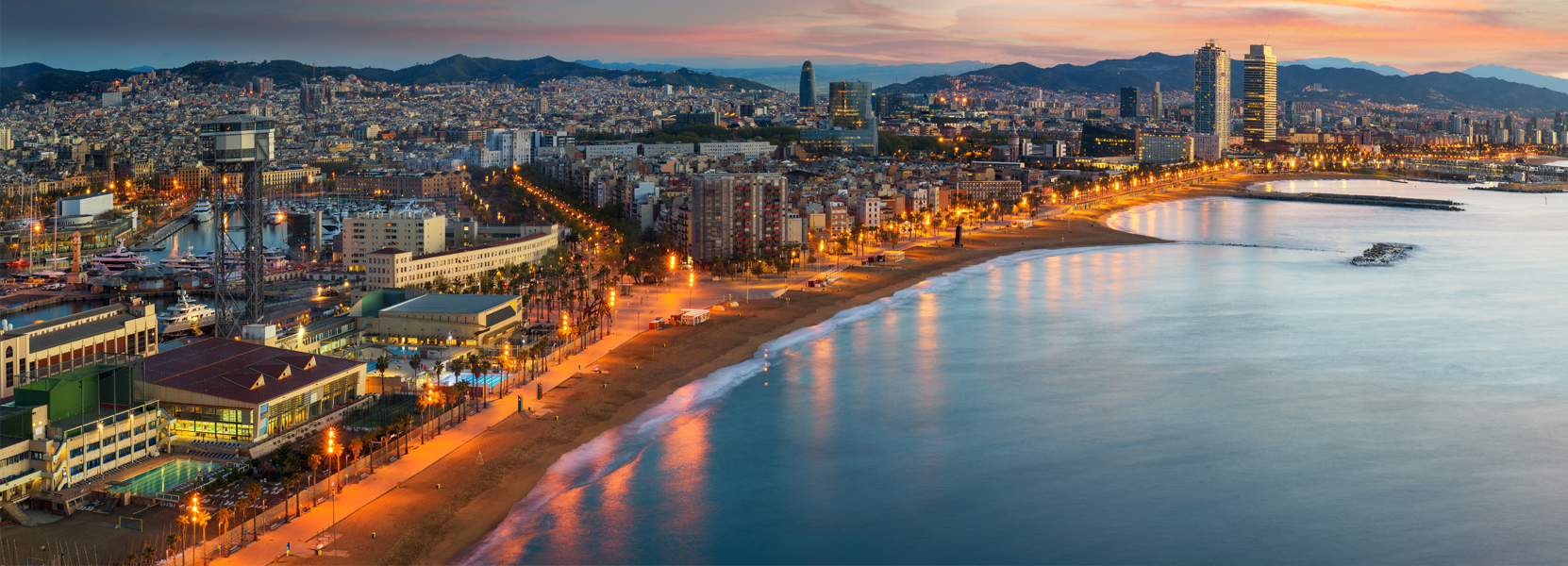Evolution of fracture permeability in active clayey formations
Please login to view abstract download link
This research studies how fractures in certain types of clay-based rocks can naturally close or "self-seal." This is important for safely storing nuclear waste, trapping carbon dioxide, and keeping underground oil and gas reservoirs intact. One specific type of clay rock in Switzerland, called Opalinus Clay, is under consideration for the storage of radioactive waste. It normally doesn't let liquid, gas, or particles pass through easily; however, the presence of fractures may facilitate the transport of fluid or particles such as radionuclides. These fractures can change in size and shape depending on the forces acting on them and their interaction with water. In this study, we used special equipment to mimic how easily gas and water could pass through Opalinus Clay formation. We found that as the material got hydrated, it became much better at stopping the flow of gases and liquids, mostly because of certain minerals in the clay and how they swelled up when hydrated. We also used X-ray imaging to look at the tiny fractures inside the rock to figure out how the shape of the fractures and the forces on them affect the rock's ability to self-seal. Understanding this process can be helpful for managing underground reservoirs for oil and gas, as well as safely storing nuclear waste.

